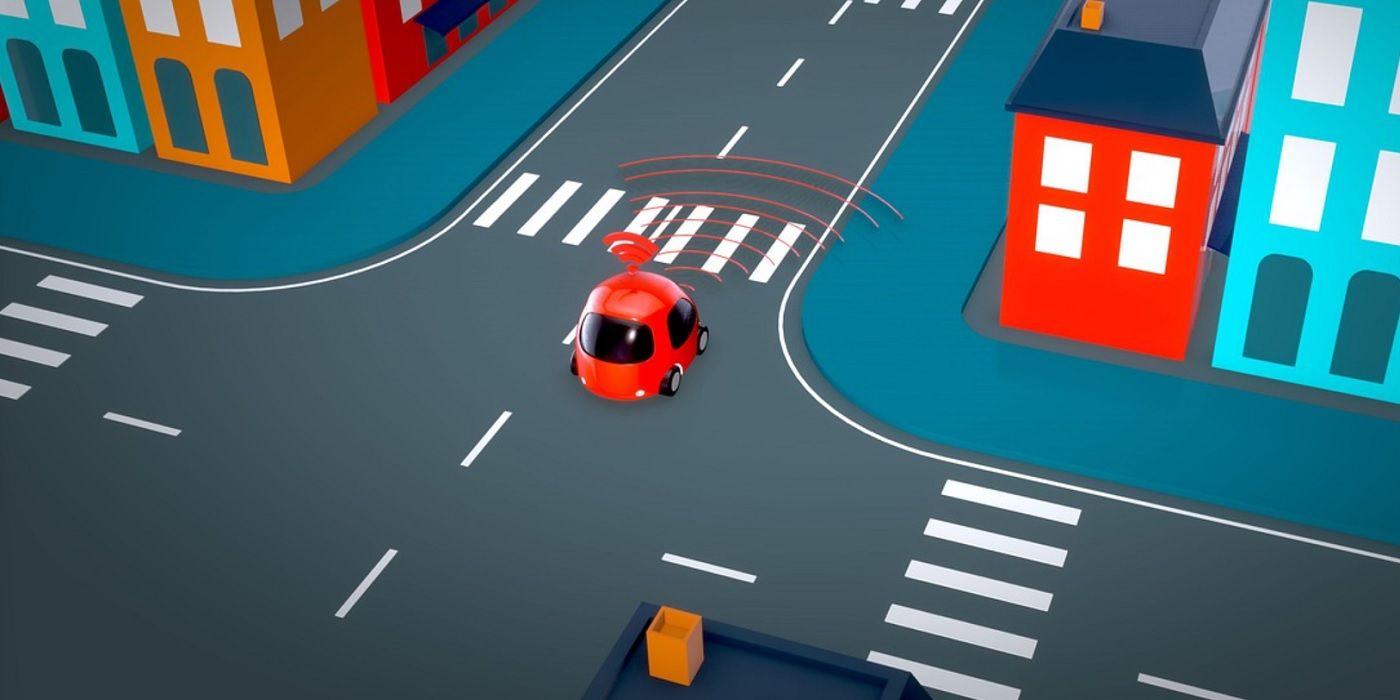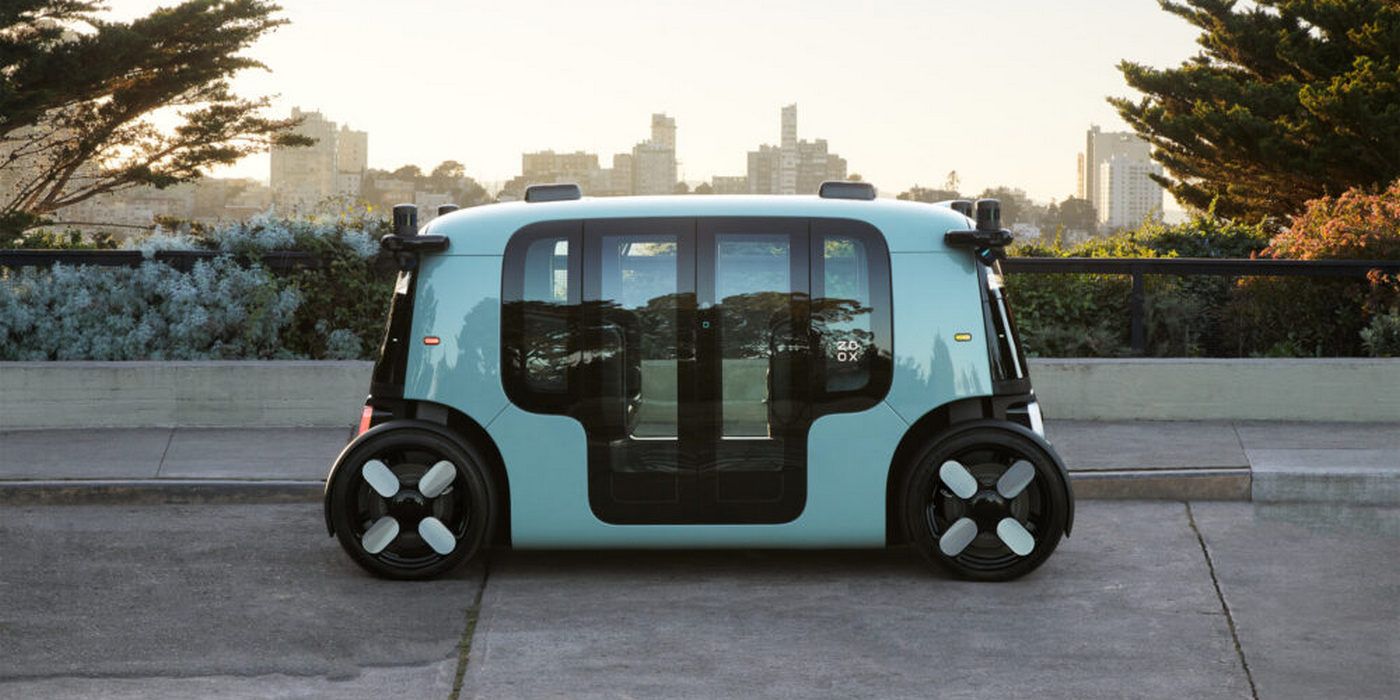As more EV with autonomous driving capabilities are hitting the streets, it is important to understand the difference between self-driving and autonomous in general. While there is the argument that cars that can drive themselves will take all the fun out of driving, car brands are convinced they are the future of mobility, and that looks unlikely to change anytime soon.
Driverless vehicles are viewed as especially promising for the freight and transport industry as well as for the public transportation sector. Driverless taxis and fleets of heavy-duty and midsized logistic movers are already in testing or operating phases in the US and other countries. However, making a car drive itself with absolutely no human intervention is much more complex than any big company originally anticipated.
The difference between automated and self-driving is actually more about the level of the technology. In general, 'autonomous' is a term used to describe the different levels of driver supervision and the autonomy of the car to perform tasks. In contrast, self-driving is mostly still a concept, a vision of the future, where vehicles will do everything from start to finish. A real self-driving car would not even require the driver to choose the route, but start the car and drive to the destination while making its own decisions. Although there are many autonomous levels, a self-driving car that completes a journey while solely relying on a complex AI can be viewed as having full autonomy. As explained by MIT CSAIL, there are five levels of autonomy, ranging from 0 to 5.
Letting Go Of The Steering Wheel, Level By Level
Since the Society of Automotive Engineers (SAE) stepped up to create levels of autonomy, carmakers have been using this scale to work their way up. Level 0 is simply a car that has no automation and relies on the driver to perform all activities. At Level 1, the driver has full control over the vehicle but is assisted, one task at a time, with advanced driver assistance systems (ADAS). This assistance includes aspects like acceleration, cruise control, and braking. Level 2 increases automation through combination. For example, steering and braking, but the driver is still in full control. Most brands that offer autonomous driving software currently offer a mix of Level 1 and Level 2.
Level 3, which Tesla is beta testing, is a system that performs all functions with the supervision of the driver. In this stage, the AI behind the wheel is learning, and it learns fast. It performs all the driving but a driver has to remain ready at all times to intervene. Level 4 is a more advanced version but only works from point A to B, much like robot-taxis. At this level, the car performs all tasks while the driver’s supervision is minimal. The final level, Level 5, is classified as fully automated and real self-driving. Right now, Level 5 is a vision of what the vehicles in the future will be like.
The largest coalition of US carmakers recently lobbied to change its name from the “Self-Driving Coalition for Safer Streets” to “Autonomous Vehicle Industry Association” (AVIA). The move is an attempt to distance the group and avoid legal issues related to false claims. Tesla, being the most recognizable EV brand offering automation, has worked hard to associate the self-driving term with its vehicles. Tesla's naming of its autonomous software as “Full Self-Driving” is not coincidental, but an attempt to represent the company's future EV aspirations.


